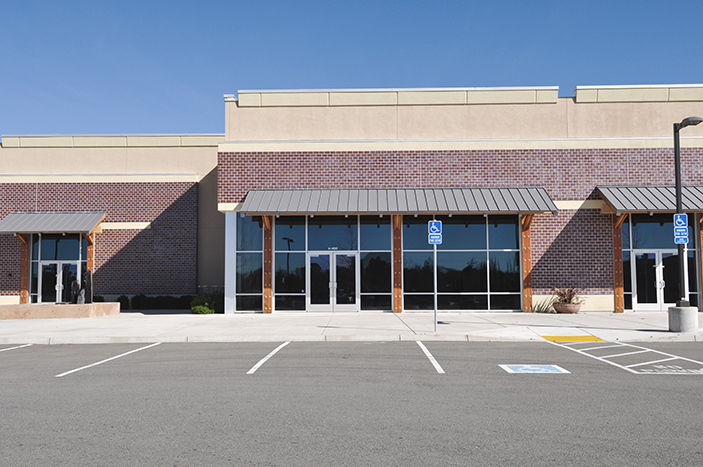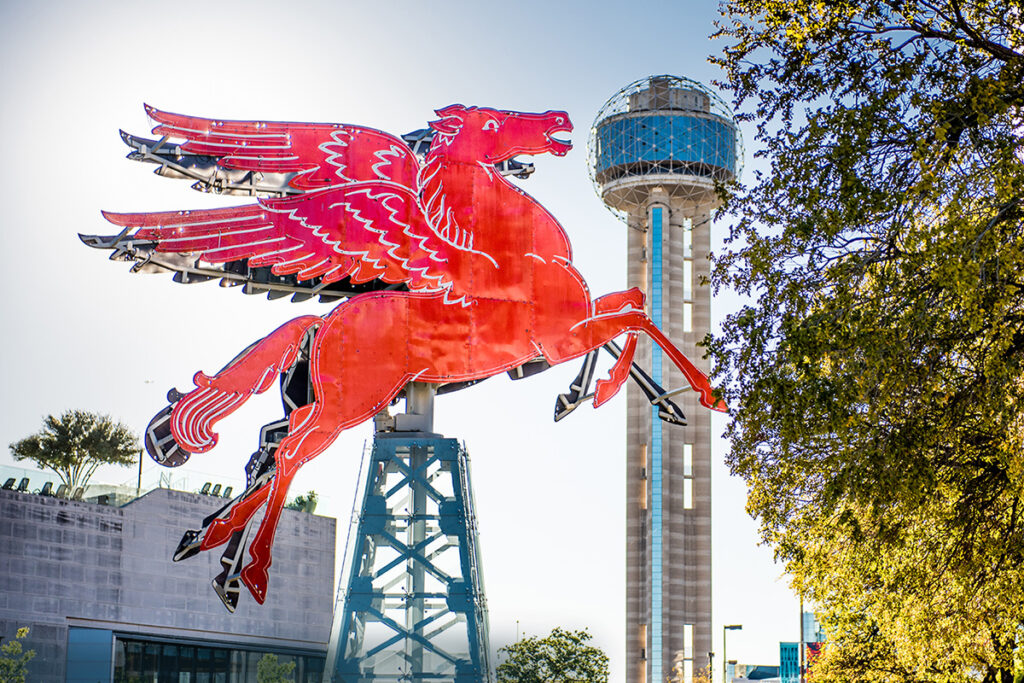Urban development trends, such as coworking, experiential retail, and big-box redevelopment will continue to impact US communities (large and small) in 2018. Economic developers, take notice! Creative approaches to development challenges will abound in the year ahead.
1. Experiential Retail
As visits to brick-and-mortar store locations diminish, retailers around the country are re-thinking how to attract customers to their stores. Often, these efforts employ methods that allow customers to try products before their purchases. These methods might include anything from taste-testing to virtual-reality changing rooms. It could also mean the creation of appealing, mixed-use environments to boost foot traffic. Competition from online shopping has encouraged retailers to look beyond their products for innovative ways to provide what online retailers cannot—a memorable experience.
2. Big-Box Redevelopment
The strategy of redeveloping empty big-box stores took on a sense of urgency as store closings escalated in 2017. According to Bloomberg, even the most stable department stores are billions of dollars in debt. Over 6,700 retail stores closed between Q1 and Q3 of 2017. Vacant storefronts serve no one’s interest—neither the property owner nor the local community. But what are the options? Examples of successful reuses include both public and private efforts. Educational institutions, gyms, call centers, churches, and libraries are just some of the examples of reuse strategies that can breathe new life into defunct real estate. In 2018, we expect even more creative schemes to emerge as solutions to retail obsolescence.
3. Coworking
The concept of coworking space has been around for a long time, but only recently have socio-economic, cultural, and technological trends converged to rebrand it for a new generation of workers. The coworking model is thriving across the country in part because it offers a range of solutions for established companies and startups alike. In addition, coworking spaces have played an important role in transforming aging districts into attractive urban environments. Cambridge Innovation Center (CIC), founded in the 1990s, served as an early coworking model for later imitators. CIC was a major contributor to the evolution of MIT’s Kendall Square and has gone on to spearhead similar coworking experiments in the US and Europe. WeWork is now the largest global coworking space provider, with more than 10 million square feet of space across 285 urban office locations in 60 cities worldwide.
As we continue to abandon the traditional for exciting new ways to shop, work, and use our urban spaces, we’re sure to see changes in our landscape―both physical and economic―in the year ahead.



